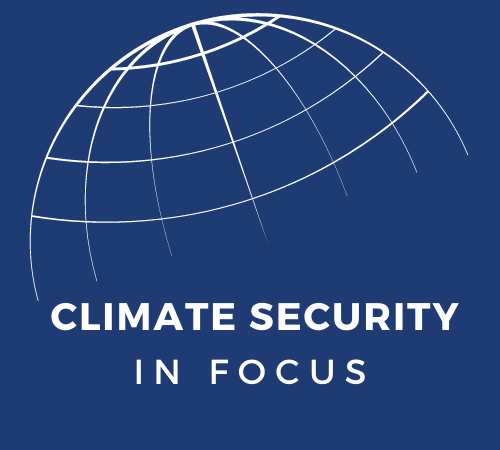
Health Benefits of EVs
The transportation sector accounts for roughly 27 percent of U.S. GHG emissions, which makes it a key component in achieving the nation’s net-zero goals. As the U.S. Department of Defense (DoD) has the second largest vehicle fleet in the U.S. government, mitigating its GHG emissions is critical to the U.S. climate effort. Over the past several years, DoD and each of the service branches have made a concerted effort to transition its domestic non-tactical fleet to electric vehicles (EVs), especially the Army. Leadership has recognized the many benefits of EVs, including less fuel dependence, fewer fuel convoys, and fewer casualties on the battlefield. But there is another positive aspect of an EV transition: the health benefits for soldiers, defense communities, and U.S. society as a whole.
If you live near a port, railyard, or other major transportation hub, there is a greater risk of breathing polluted air. Currently, nearly four in ten Americans live in communities with unhealthy levels of air pollution, including major concentrations of military personnel like Tampa and San Diego. This is problematic on many levels, especially since polluted air has been linked to an increased risk of respiratory disease, heart attacks, strokes, and lung cancer, as well as broad health impacts on the physiological and cognitive health of citizens as well as premature death. While there is a complex mix of contributing factors, a primary source of these air pollutants are traditional cars and combustion engines that release chemicals like nitrous oxide (NOx) and carcinogenic fine particulate matter. Medium- and heavy-duty vehicles, including delivery vans, short- and long-haul trucks, and tractor trailers account for a disproportionate 59% of NOx emissions and 55% of particulate matter, despite the fact that they make up only 6% of on-road vehicles.
This poor air quality fueled by cars and trucks not only impacts the health of families and communities, in fact it is also impacting our military and our national security. There are several medical conditions linked to air pollution that can disqualify someone from joining the military, including asthma and depression. The number of American’s diagnosed with asthma continues to rise, and most service branches do not allow recruits with asthma to join. This means even those who want to serve – can’t. And if someone on active duty happens to develop asthma while in uniform, it must remain under control in order to stay in the service. Similarly, recent research has further connected air pollution with anxiety and depression, another disqualifying medical condition, resulting in yet another reason for the U.S. military to prioritize an EV and zero-emissions vehicles transition.
Lower GHG emissions and less air pollution will result in increased military readiness via a healthier force that is more robust and more effective. In addition to helping enhance the Total Force Fitness concept, improving air quality and reducing chronic lung disease will result in immense public health benefits and cost savings. The American Lung Association’s Zeroing in on Healthy Air report estimates that moving to zero-emissions vehicles could generate approximately $1.2 trillion in public health benefits over the next 30 years. Furthermore, the Environmental Protection Agency (EPA) estimates that the recent heavy duty trucking standards could prevent up to 2,900 premature deaths, 18,000 fewer cases of childhood asthma, and 3.1 million fewer cases of asthma symptoms.
The EPA Clean Trucks Plan and President Biden’s intention to secure 50 percent of the market share for EVs by 2030 are important steps to reduce vehicle emissions for the U.S. as a whole, as are the efforts by DoD and the services to integrate GHG mitigation via EV procurement into its policies, programs, and acquisition efforts. Although the EV transition is still in its infancy, we’ll all hopefully start to breathe a little easier soon.
Climate Security in Focus is a blog series dedicated to exploring key elements of climate security that impact American interests both at home and abroad. The series aims to examine specific aspects of climate security issues in order to better understand the challenges, facilitate conversation, and generate ideas.





